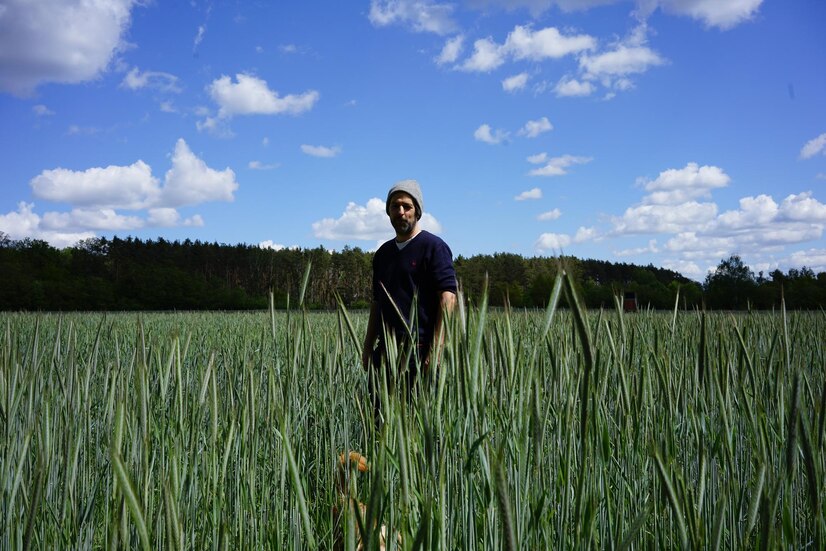Çeciir is a fascinating cultural and historical tradition that has been passed down through generations, yet remains relatively unknown to many outside its native regions. Rooted in ancient practices, çeciir encompasses a blend of rituals, craftsmanship, and communal values that reflect the deep heritage of its people. In this article, we will delve into the origins, significance, and modern-day relevance of çeciir, addressing common questions and misconceptions along the way.
As societies evolve, traditions like çeciir face the challenge of preservation while adapting to contemporary lifestyles. Understanding its cultural depth and practical applications can help us appreciate its enduring legacy. Whether you are a cultural enthusiast, a historian, or simply curious about unique traditions, this exploration of çeciir will provide valuable insights into its role in shaping identities and communities.
1. The Origins and History of Çeciir
The history of çeciir dates back centuries, with its roots embedded in ancient civilizations that valued craftsmanship, storytelling, and communal bonding. The term itself is believed to derive from an old dialect, symbolizing a practice that intertwines artistry with daily life. Historical records suggest that çeciir was initially a method of creating intricate handwoven textiles, often used in ceremonial attire and household decorations.
Over time, çeciir evolved beyond just a craft—it became a medium for passing down folklore, moral lessons, and ancestral wisdom. Elders would gather younger generations to teach them the techniques while narrating stories that reinforced cultural values. This dual role of çeciir as both an art form and an educational tool highlights its importance in preserving heritage.
Despite the influence of modernization, some communities continue to practice çeciir in its traditional form, ensuring that this ancient tradition does not fade into obscurity. Efforts by cultural organizations to document and revive çeciir have also contributed to its survival, allowing new generations to connect with their past.
2. The Cultural Significance of Çeciir
Çeciir is more than just a craft—it is a symbol of identity, resilience, and community spirit. In many cultures where it is practiced, çeciir represents a connection to ancestors and a way of maintaining continuity in a rapidly changing world. The intricate patterns woven into çeciir products often carry symbolic meanings, such as prosperity, protection, or unity, making each piece a narrative in itself.
One of the most profound aspects of çeciir is its role in social cohesion. Traditionally, the process of creating çeciir was a communal activity, where people of all ages would come together to contribute their skills. This fostered a sense of belonging and mutual support, reinforcing the idea that cultural preservation is a collective responsibility.
In contemporary settings, çeciir has also found new relevance as a form of sustainable and ethical craftsmanship. With growing interest in handmade, eco-friendly products, çeciir offers an alternative to mass-produced goods, aligning with modern values of environmental consciousness and fair trade.
3. The Process and Techniques of Çeciir
The creation of çeciir involves meticulous techniques that require patience, precision, and a deep understanding of materials. Traditionally, natural fibers such as wool, cotton, or silk are used, dyed with organic pigments to achieve vibrant colors. The weaving process itself is done on handlooms, with artisans carefully following patterns that have been perfected over generations.
One distinguishing feature of çeciir is its emphasis on storytelling through design. Certain motifs may depict historical events, mythological tales, or natural elements, turning each piece into a visual narrative. Mastering these techniques takes years of apprenticeship, as artisans must learn not only the technical skills but also the cultural context behind each pattern.
In recent years, some innovators have experimented with blending traditional çeciir methods with modern design, creating fusion pieces that appeal to global audiences. While purists may debate the authenticity of such adaptations, these innovations have helped introduce çeciir to new markets, ensuring its continued relevance.
4. The Modern Revival and Challenges of Çeciir
As with many traditional crafts, çeciir faces challenges in the modern era, including competition from industrial manufacturing and a decline in skilled artisans. Younger generations often migrate to urban areas in search of economic opportunities, leaving fewer people to carry on the tradition. Additionally, the time-intensive nature of çeciir makes it difficult to sustain in a fast-paced, profit-driven economy.
However, there are encouraging signs of revival. Cultural preservation groups, governments, and NGOs have launched initiatives to support çeciir artisans through funding, training programs, and marketing assistance. Social media and e-commerce platforms have also provided new avenues for artisans to showcase their work to a global audience, increasing demand for authentic, handmade çeciir products.
Another promising development is the integration of çeciir into contemporary fashion and interior design. Designers collaborating with traditional weavers have created collections that highlight çeciir’s beauty while making it accessible to modern consumers. These efforts not only sustain the craft economically but also raise awareness of its cultural importance.

5. Frequently Asked Questions About Çeciir
Q1: What exactly is çeciir?
A: Çeciir is an ancient tradition of handwoven textiles, often featuring intricate patterns with cultural and symbolic meanings. It encompasses both the craft itself and the communal practices surrounding its creation.
Q2: Where did çeciir originate?
A: While its exact origins are debated, çeciir is believed to have emerged in early agrarian societies where weaving was a vital skill. It is most commonly associated with specific regions that have preserved the tradition over centuries.
Q3: How is çeciir different from other weaving traditions?
A: Unlike mass-produced textiles, çeciir emphasizes storytelling, cultural symbolism, and artisanal techniques passed down through generations. Each piece is unique, reflecting the weaver’s skill and heritage.
Q4: Can çeciir be learned by outsiders?
A: Yes, some artisans and cultural organizations offer workshops for those interested in learning çeciir. However, mastering the craft requires long-term dedication and an understanding of its cultural context.
Q5: How can I support the preservation of çeciir?
A: Purchasing authentic çeciir products, supporting fair-trade initiatives, and spreading awareness about its cultural significance are great ways to contribute to its preservation.
Conclusion
Çeciir is a remarkable tradition that bridges the past and present, offering lessons in craftsmanship, community, and cultural resilience. While it faces challenges in a modernized world, the growing appreciation for handmade, meaningful products provides hope for its continued survival. By understanding and valuing çeciir, we not only honor the artisans who keep it alive but also enrich our own connection to global heritage.

